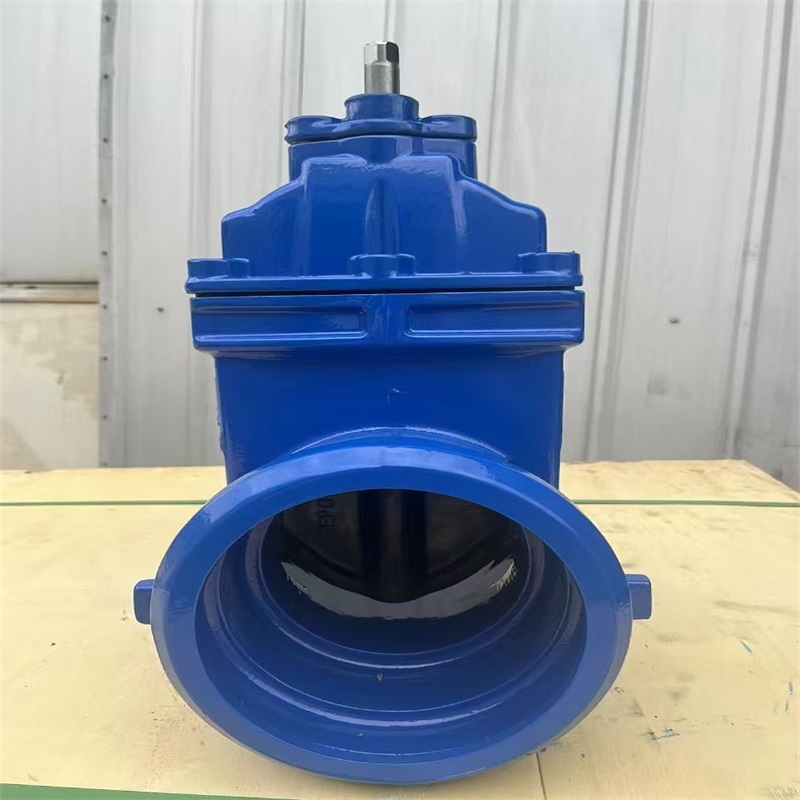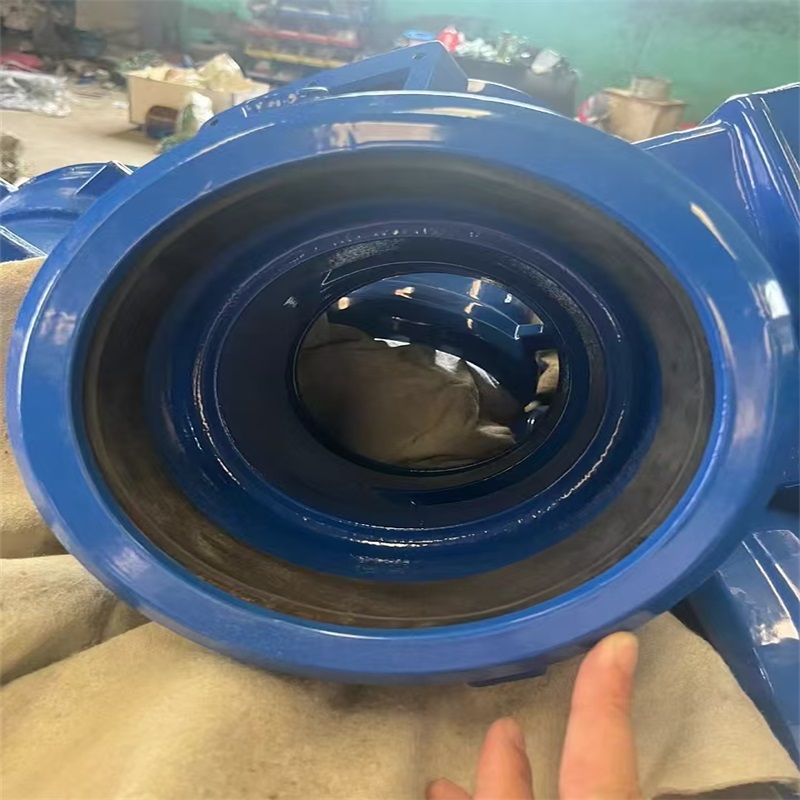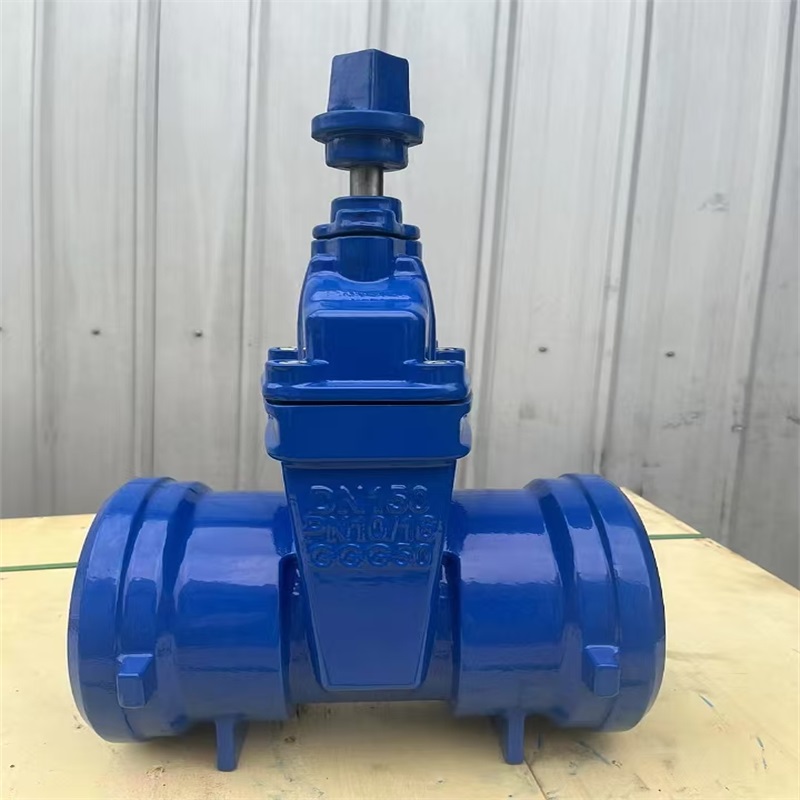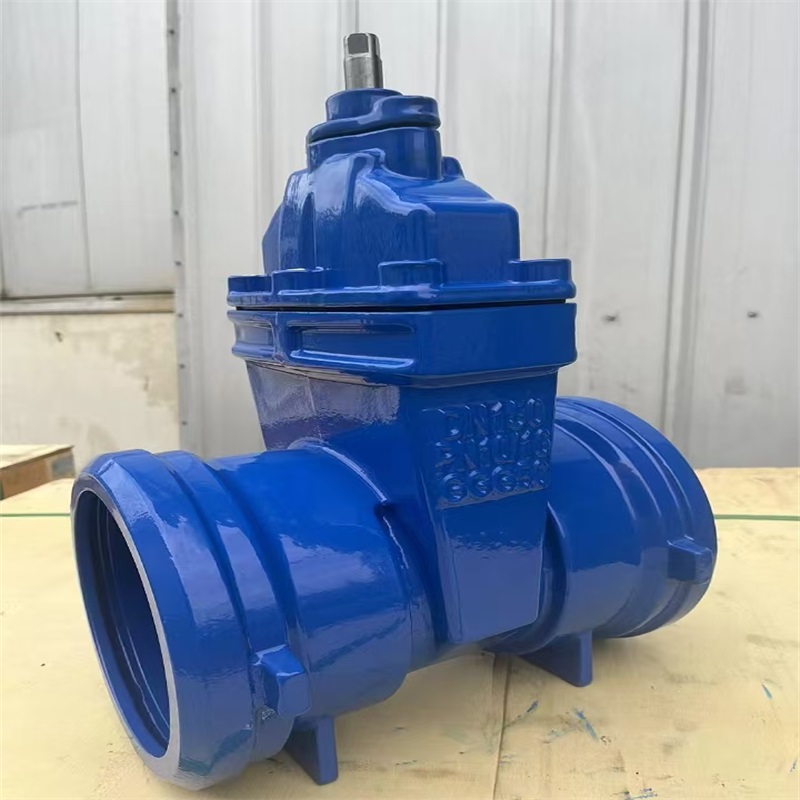Introduction to Socket Weld Gate Valves
In the vast landscape of industrial fluid control systems, socket weld gate valves occupy a pivotal position, renowned for their robust construction, reliable performance, and versatility across various applications. These valves are specifically designed to regulate the flow of liquids and gases within pipelines, offering a precise and secure means of isolation or modulation.

Construction & Design
Socket weld gate valves feature a unique connection method that distinguishes them from other valve types. The valve body is equipped with socket ends, which are machined to accept pipe ends that have been prepared with a matching socket weld profile. Upon installation, the pipe ends are inserted into the sockets and fused together through welding, creating a strong, leak-tight joint. This design not only ensures structural integrity but also simplifies the installation process, making socket weld gate valves an ideal choice for high-pressure and high-temperature environments.

The heart of the valve lies in its gate, a flat or wedge-shaped disc that moves vertically within the valve body. When the valve is closed, the gate descends to seal against the seat, effectively blocking fluid flow. Conversely, lifting the gate allows for full or partial flow control, depending on the position of the gate. The gate’s design, often made from materials such as stainless steel or alloy steel, ensures durability and resistance to corrosion, even in harsh operating conditions.

Advantages
Socket weld gate valves offer numerous advantages over alternative valve types. Firstly, their socket weld connection provides superior strength and reliability, making them suitable for use in demanding applications involving high pressures and temperatures. Additionally, the compact design of these valves helps to reduce overall system size and weight, facilitating easier installation and maintenance.

Moreover, the gate’s linear motion ensures a tight seal, minimizing the risk of leakage. This is crucial in industries where the safe and efficient containment of fluids is paramount, such as petrochemical, refining, and power generation. Furthermore, the ability to regulate flow precisely makes socket weld gate valves ideal for applications requiring fine-tuned control over fluid movement.

Applications
Socket weld gate valves find widespread application across various industries. In the petrochemical sector, they are used to isolate sections of pipelines during maintenance or emergencies, ensuring the safe and controlled flow of hazardous fluids. Similarly, in refining operations, these valves play a crucial role in regulating the flow of crude oil and refined products. Power generation facilities also rely on socket weld gate valves to control the flow of cooling water and steam, ensuring the smooth operation of turbines and other critical equipment.

In conclusion, socket weld gate valves are a vital component of industrial fluid control systems, renowned for their robust construction, reliable performance, and versatility. Their unique socket weld design, combined with the precision control offered by the gate mechanism, makes them an indispensable tool for managing the flow of liquids and gases in a wide range of demanding applications.
